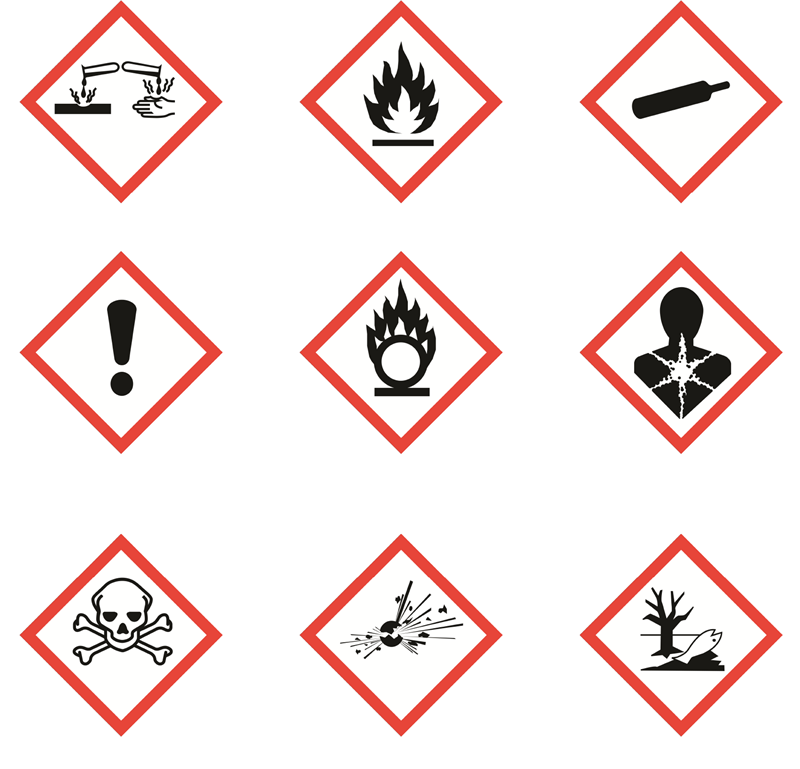Safety Data Sheets
A safety data sheet (in accordance with the European Union's CLP Regulation) has been prepared for each substance identified as a hazardous chemical. It is the responsibility of the manufacturer or importer to provide it. The SDS is primarily aimed at professionals who must consider the hazards associated with the use of a chemical in an industrial or professional setting, such as a school. The safety data sheet should include the following information:
- warning labels, chemical warning labels, cautionary statements, hazard statements and precautionary statements
- description of first aid measures
- descriptions of main symptoms and effects
- descriptions of necessary precautions, personal protective equipment and emergency procedures
- information on basic physical and chemical properties
- information about the substance’s reactivity.
Working safely in a school laboratory
Have you ever been stung by an ant? Perhaps you've gotten shampoo in your eyes while washing your hair? Neither of these things feel very nice. Of course, you want to avoid such unpleasant situations and learn to protect yourself in the future. Likewise, in the chemistry lab, the aim is to avoid incidents through safe laboratory work.
You will find a range of chemical substances suitable for different purposes in your home. These substances must be used according to their instructions. It is therefore essential to carefully read the product labels, warnings and recycling instructions before using a chemical product. As you learn more and more about chemistry, you will understand the importance of safety instructions both for yourself and your environment.
Even a substance as familiar as water can be harmful. For example, when swimming, it is possible to accidentally inhale some water into your lungs. When this happens, the wrong substance has gone into the wrong place. Different situations call for different kinds of protective equipment. You probably don't wear safety goggles when you boil water for tea. When boiling water in a test tube, however, safety goggles become necessary, as the boiling can be so intense that the hot water rushes out of the test tube at high pressure.
Chemical reactions in which substances change into other substances can sometimes be explosive. Such reactions are demonstrated by the teacher in a protected fume cupboard. In your own work, use common sense to protect yourself and your group.
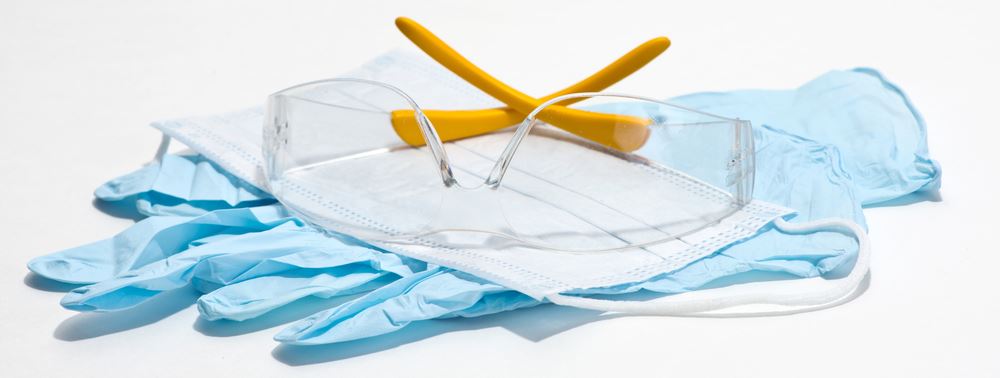
Key safety issues
Although hazardous chemicals are not always used in the chemistry lab, it is a good idea to always consider the following things.
Before starting the experiment:
- Remember that you are not allowed to eat or drink in the laboratory.
- Always use the necessary safety equipment as instructed by the teacher. The most common pieces of protective equipment are safety goggles, gloves and a lab coat.
- Be sure to familiarise yourself with the safety procedures of the laboratory. Make sure you know where to find a fire extinguisher, a fire blanket, eye wash, an emergency shower, an exit route and a first aid kit.
- Prepare your workspace by putting other things (books, notebooks, etc.) aside.
- If you have long hair, tie it up. If you wear a scarf or a hijab, tie it behind your head or put it inside your work jacket.
- Read the experiment instructions carefully and follow the instructions given by your teacher.
During the experiment:
- You will be using a gas burner a lot. The fire must be handled carefully. Be careful with hot objects and never touch them with your bare hands.
- You will often need hot water, which should be preheated in a kettle before using the gas burner. This conserves energy!
- Use substances sparingly. This helps the environment.
- Carefully mark the containers you use. You need to know what chemical each container contains. Use different containers for different substances.
- If an accident happens, tell the teacher immediately. Also report any near misses that have happened to you.
- When working with easily flammable liquids, do not light an open fire such as matches or a gas burner.
- Do not touch your eyes, mouth or face while working.
- Avoid smelling chemicals unnecessarily. The correct smelling technique is to use your hand to direct the smell towards you.
After the experiment:
- Always recycle all substances that can be recycled. Small amounts of harmless liquids can be flushed down the drain, but some chemicals must be collected for reuse or disposed of as hazardous waste.
- When you finish working, remember to tidy up your workspace and clean your equipment carefully.
- Put all the tools in their correct places.
- Remember to wash your hands after every experiment.
Safety and laboratory equipment
Safety equipment
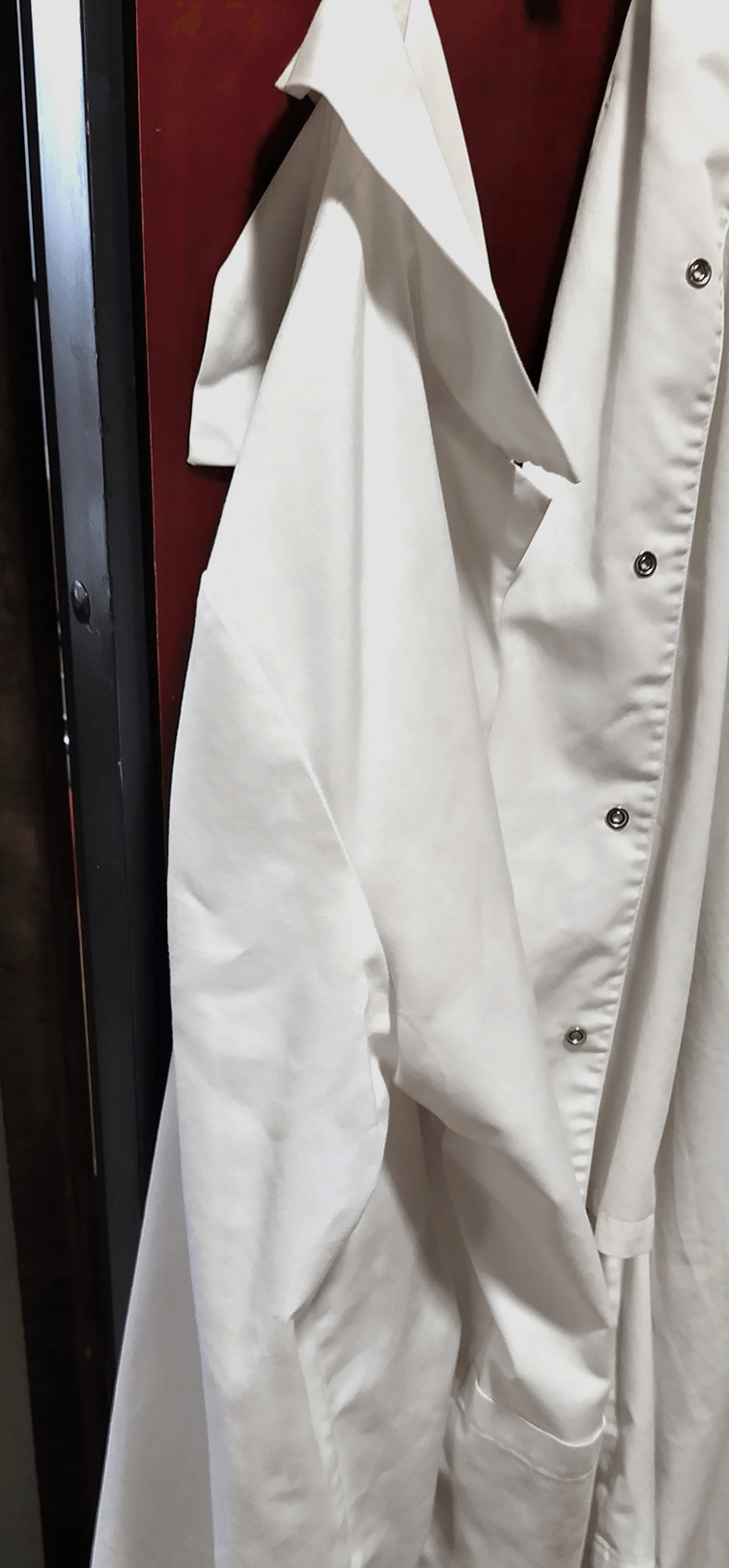
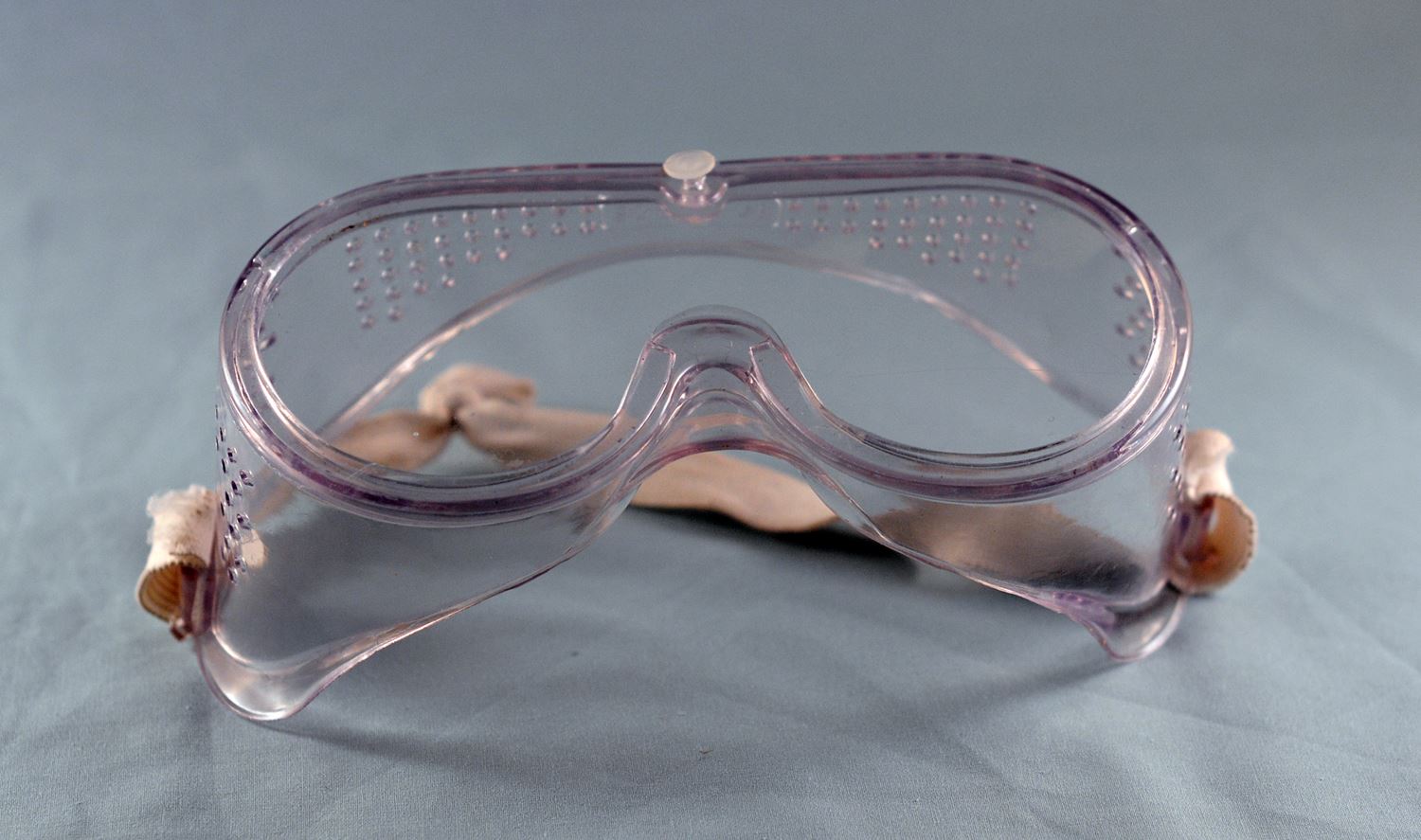
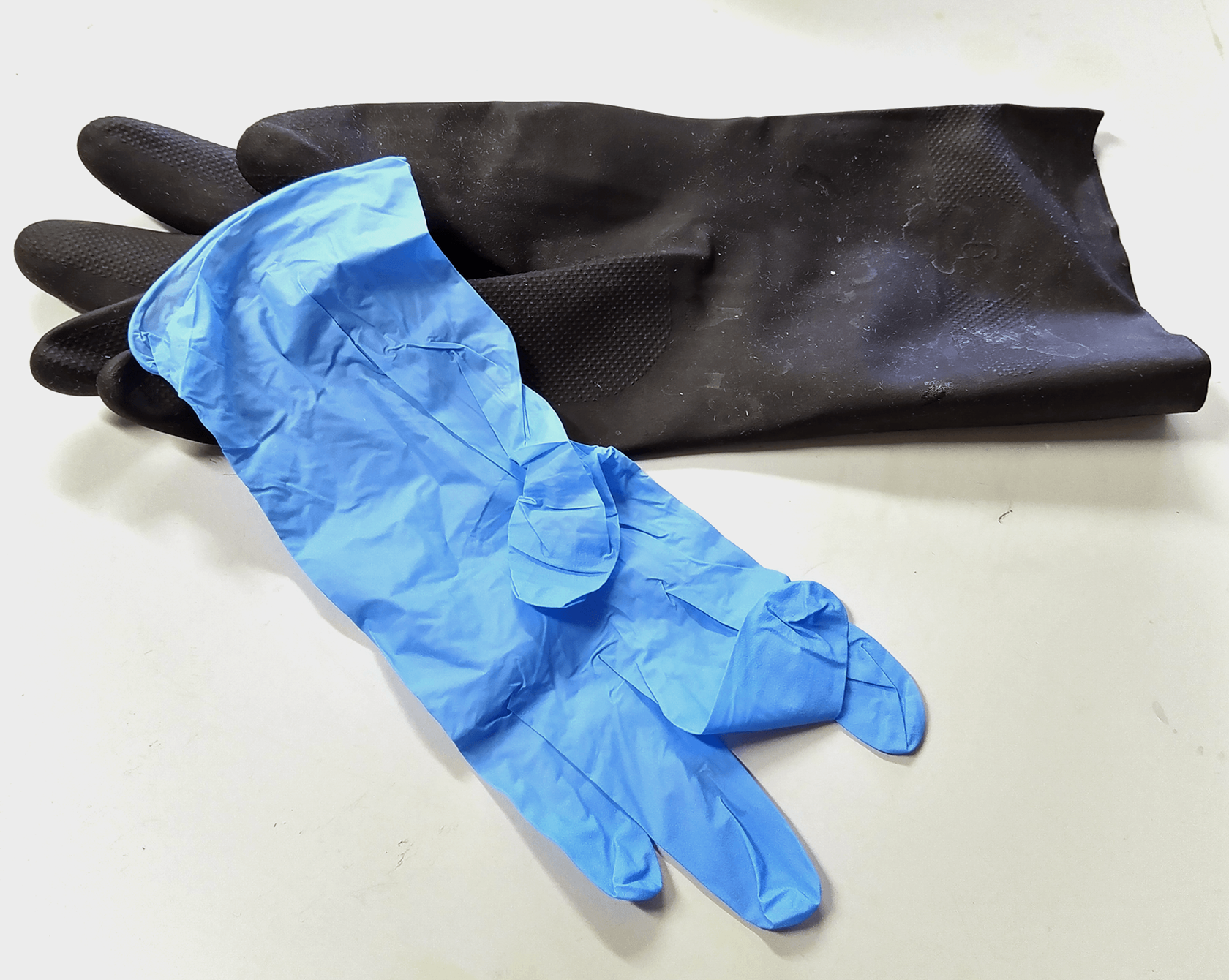
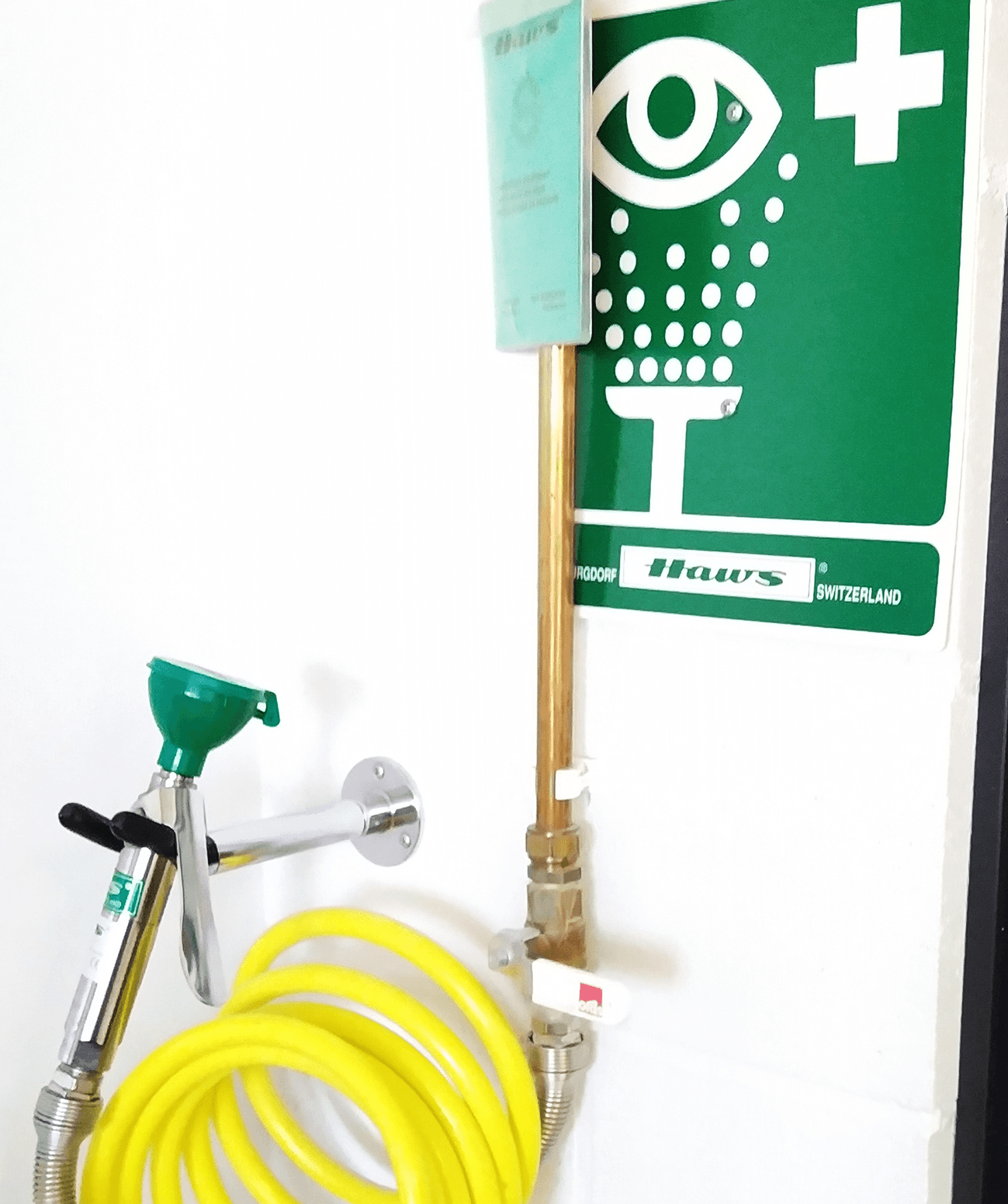
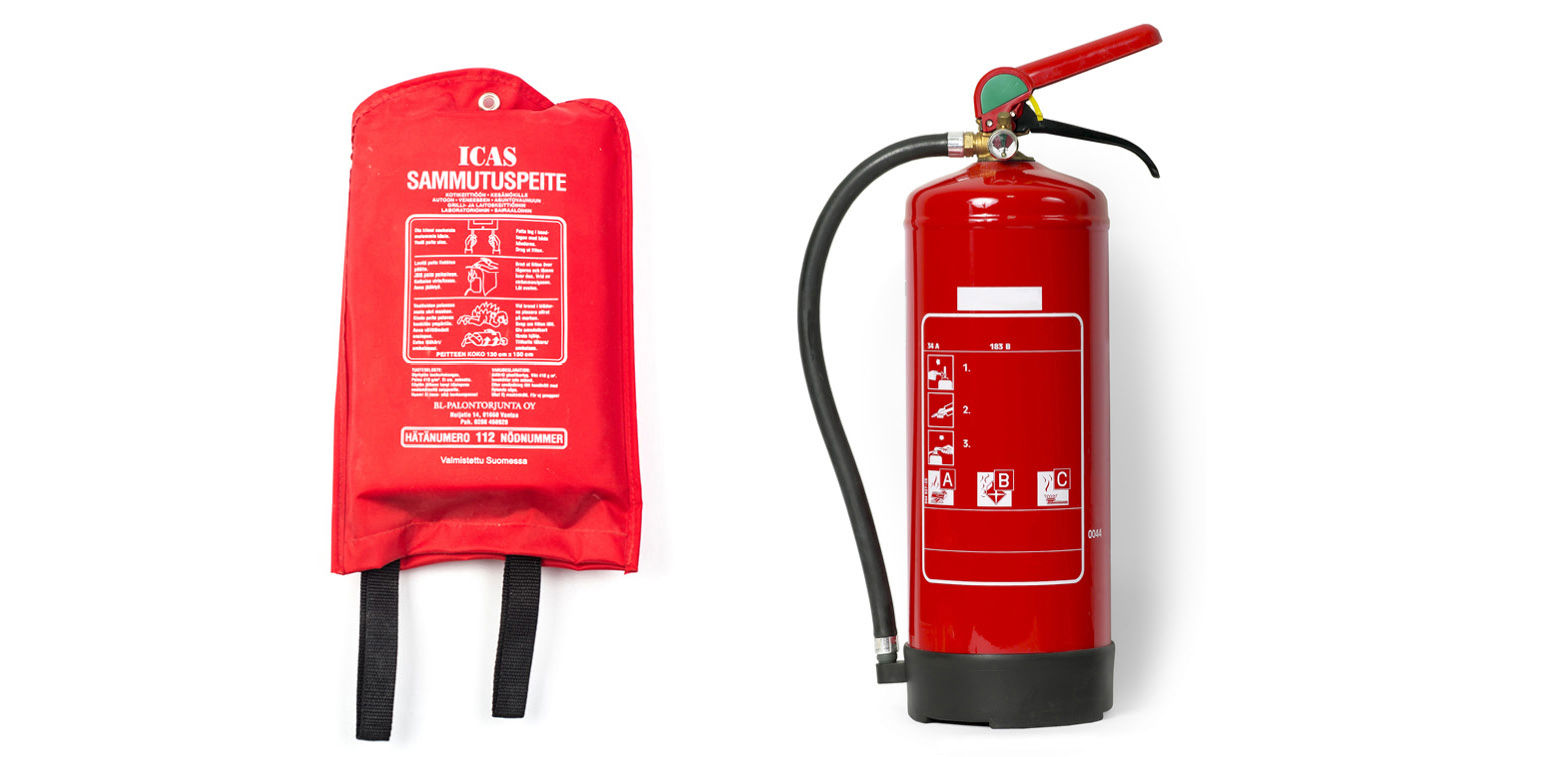
Laboratory equipment
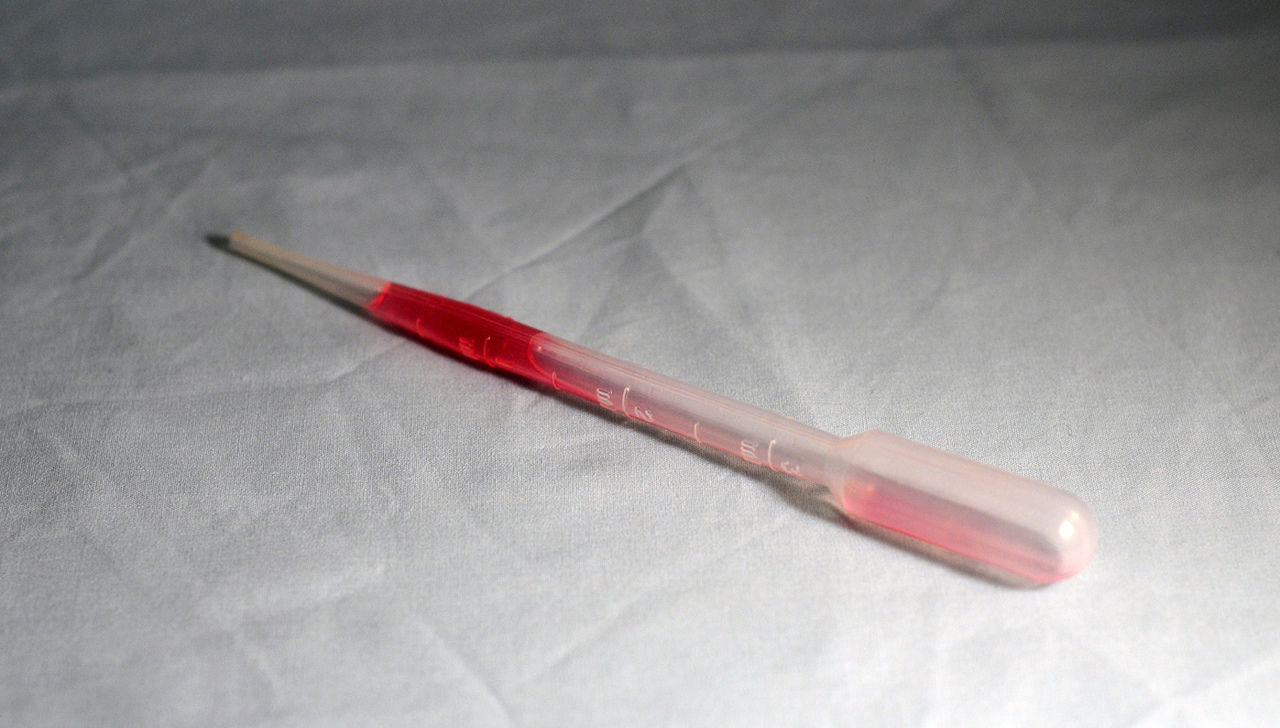
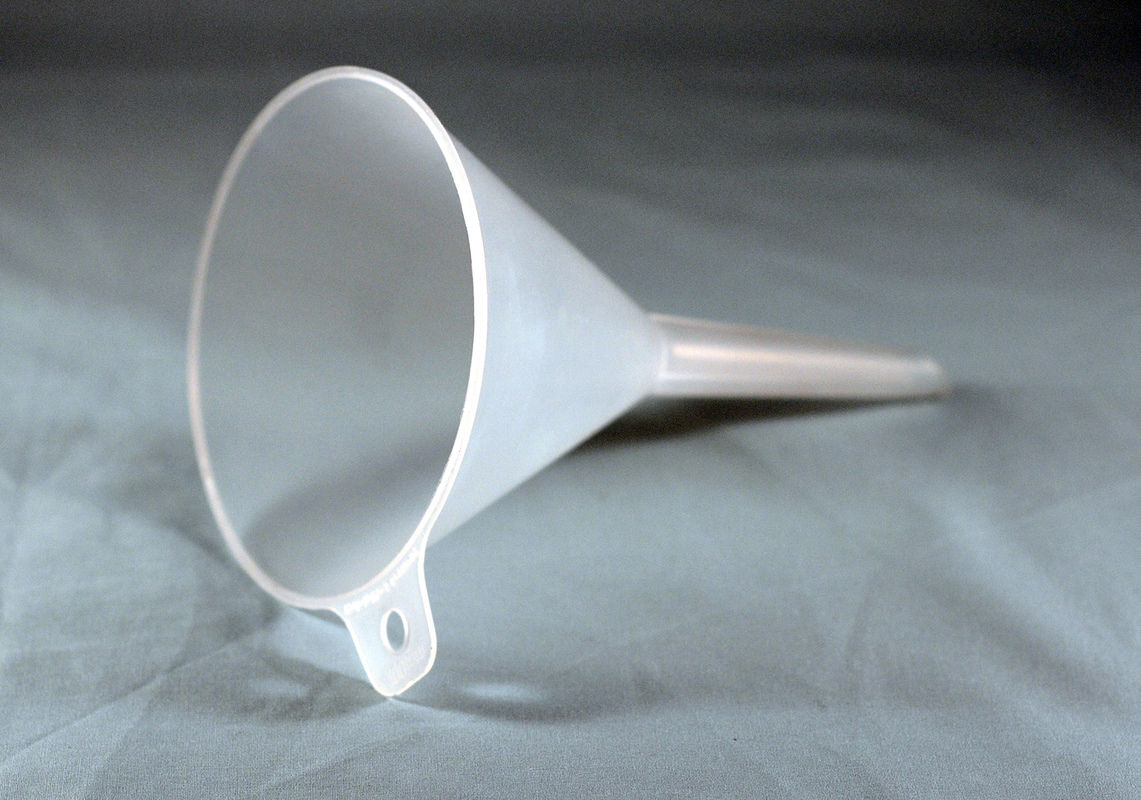
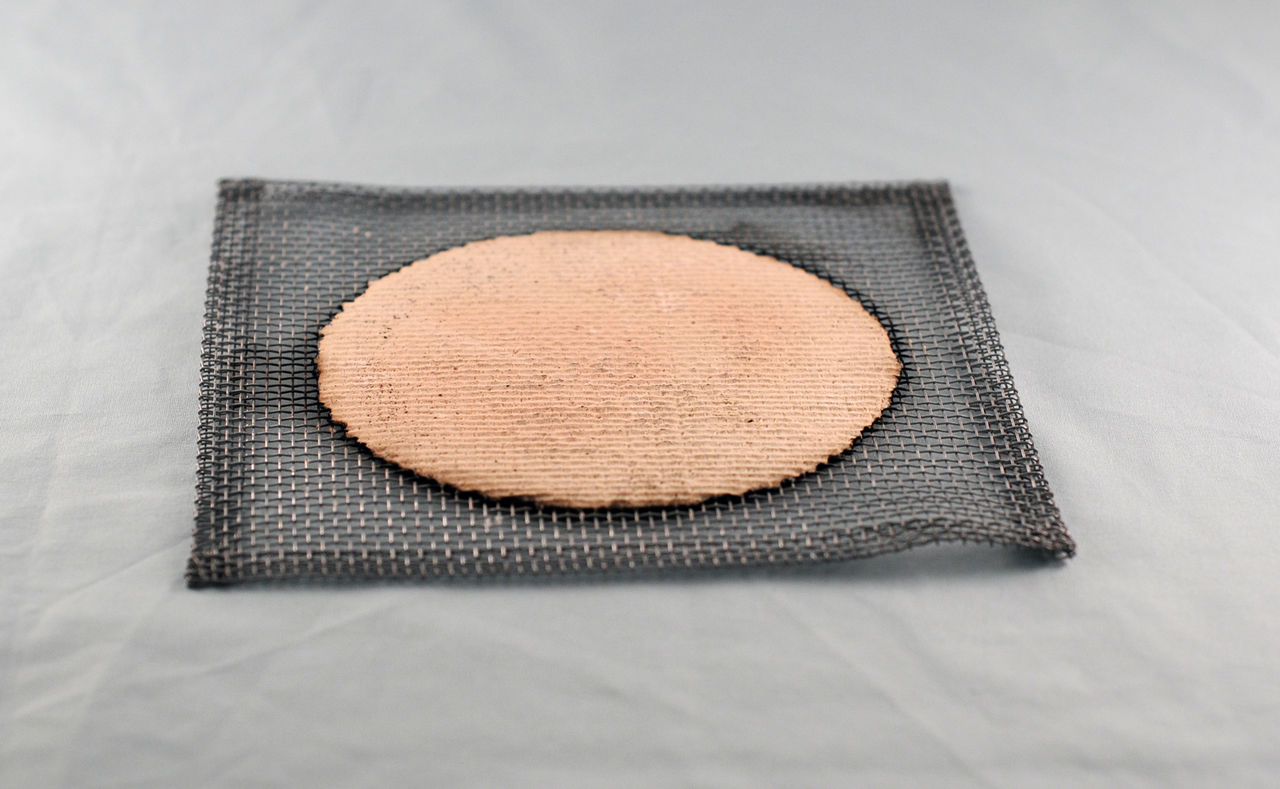
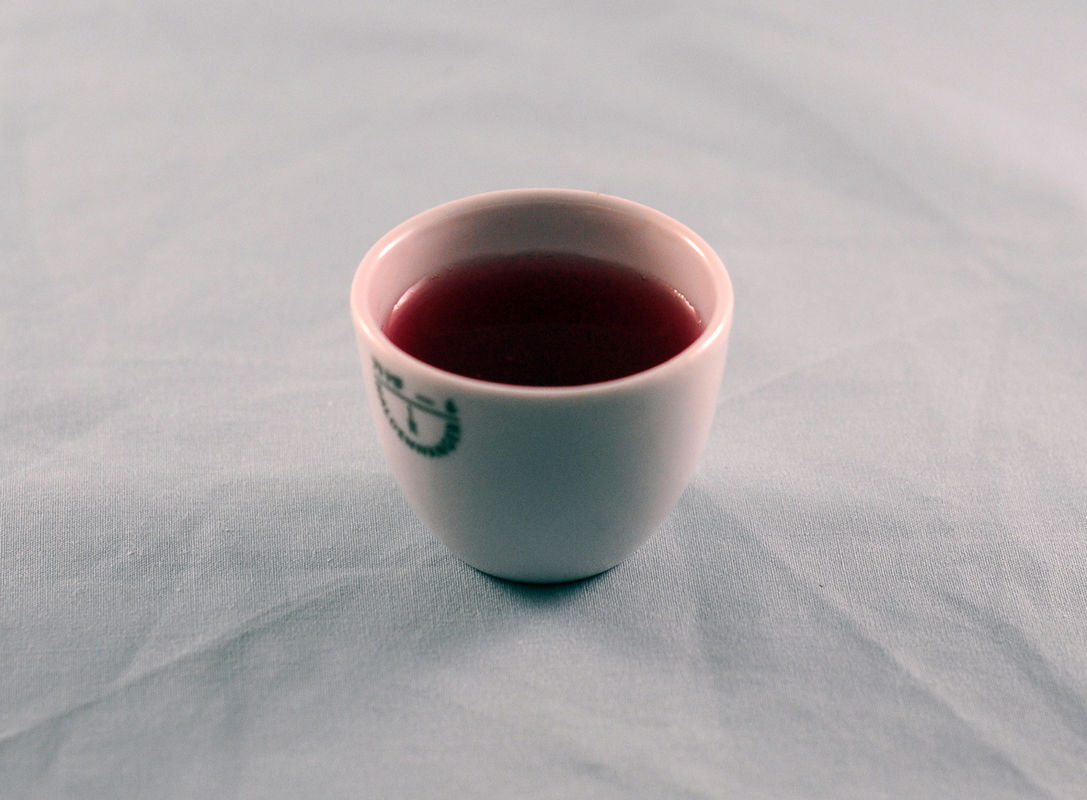
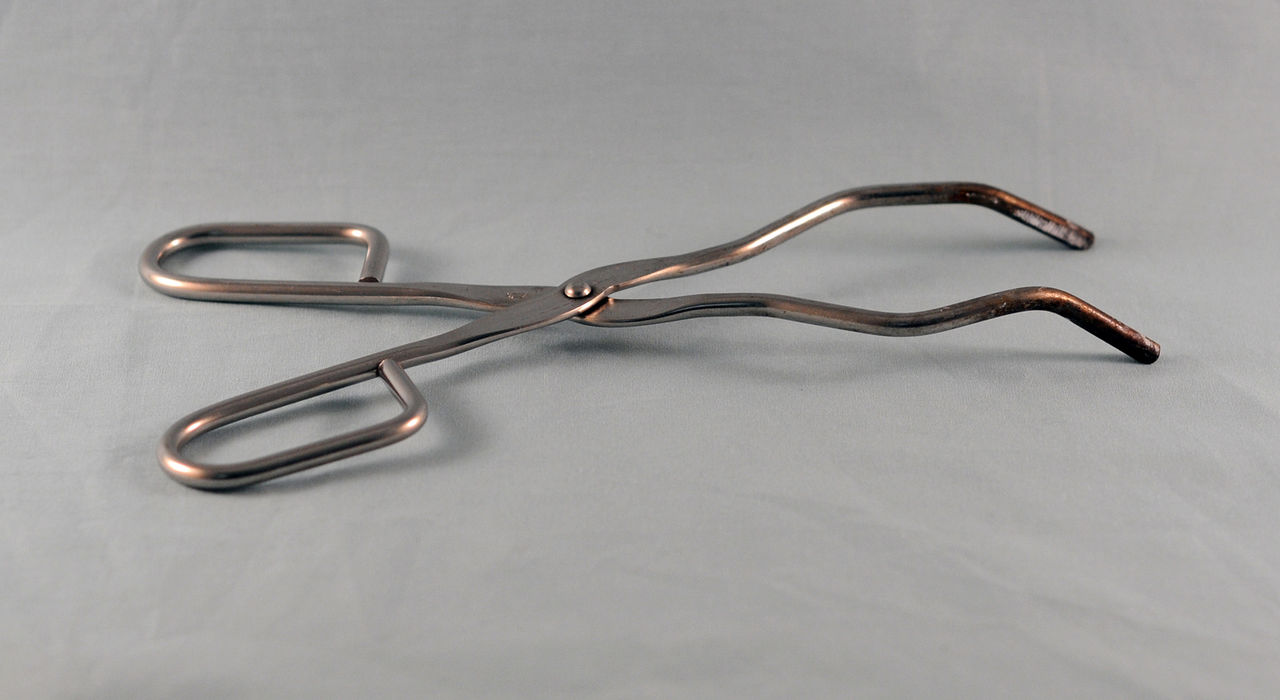
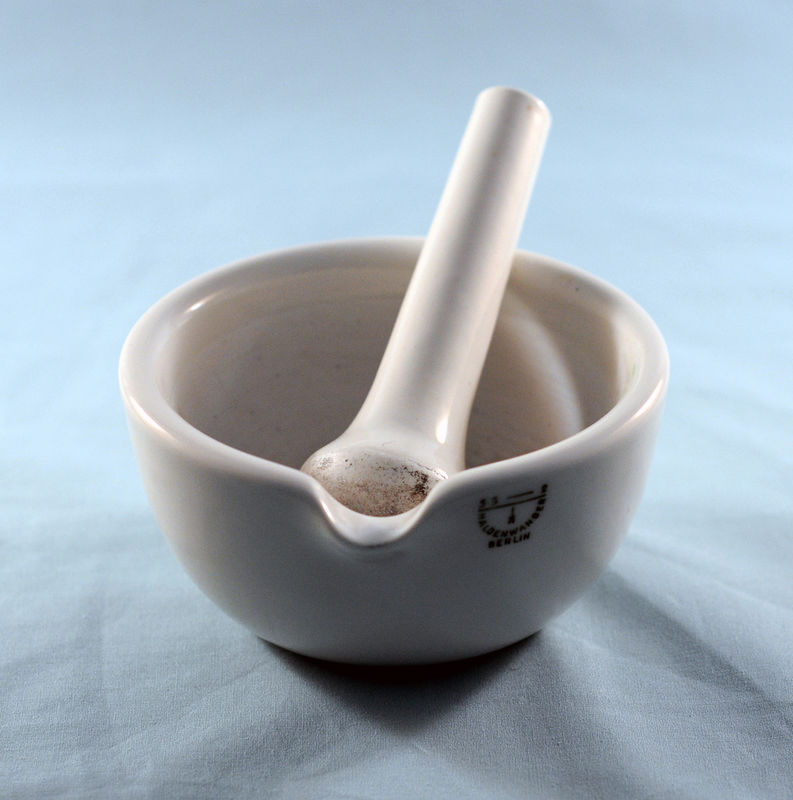
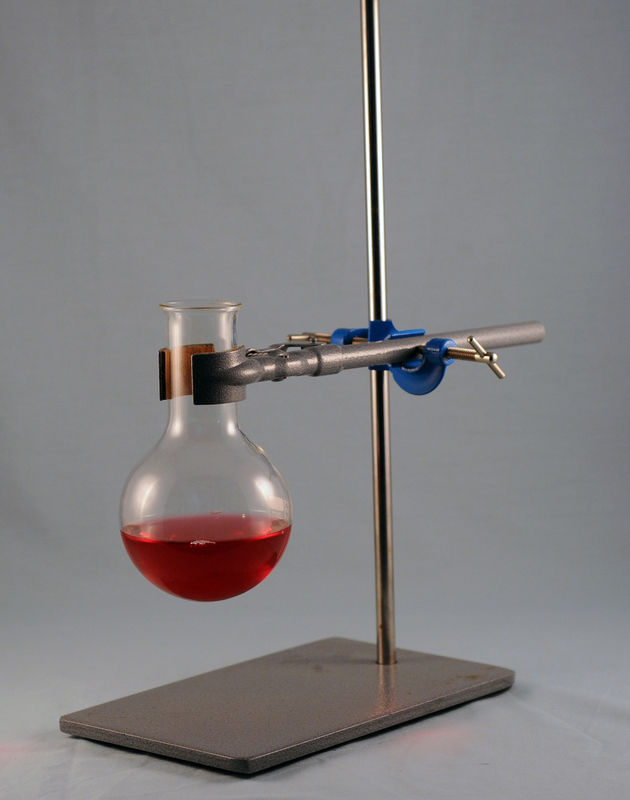
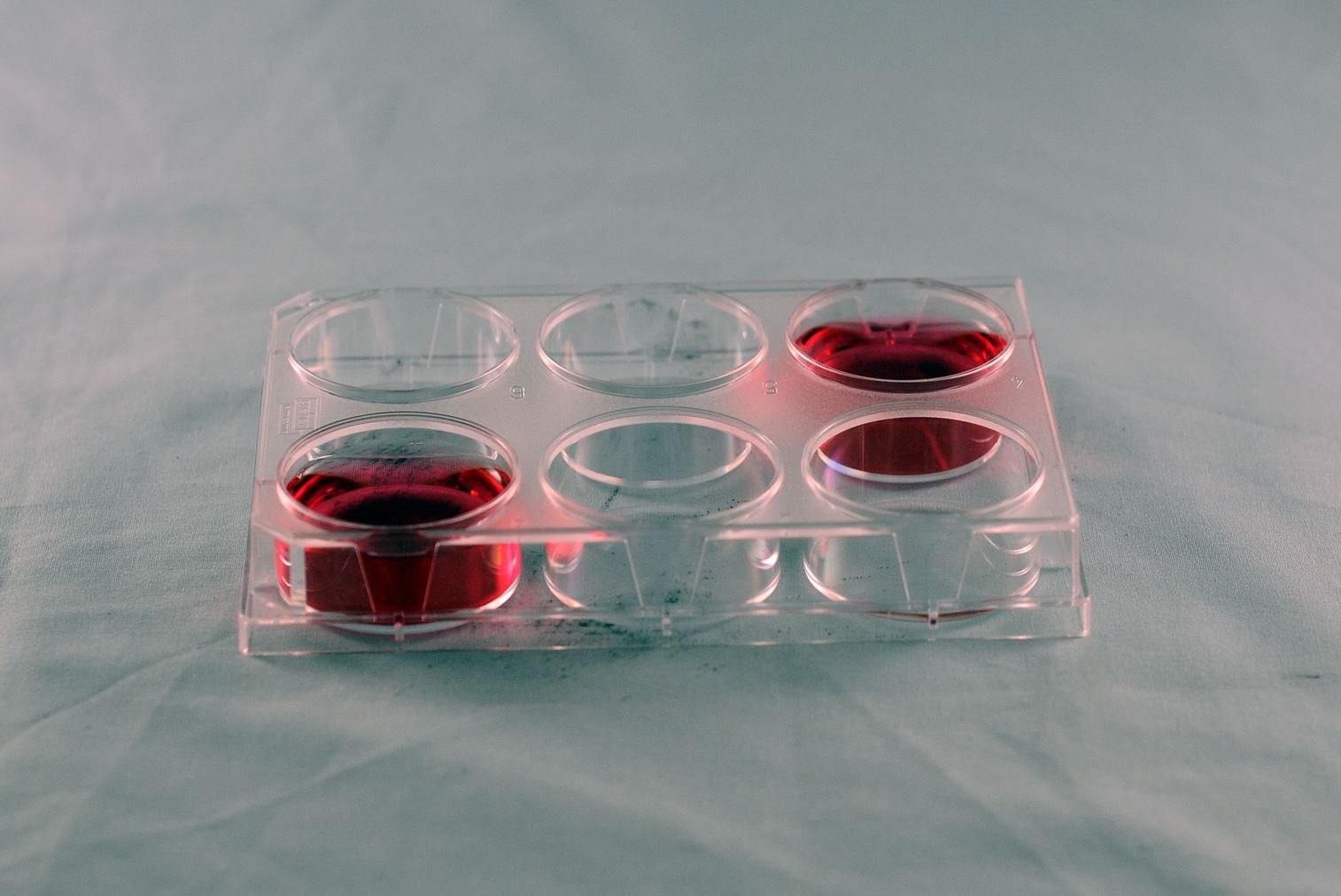
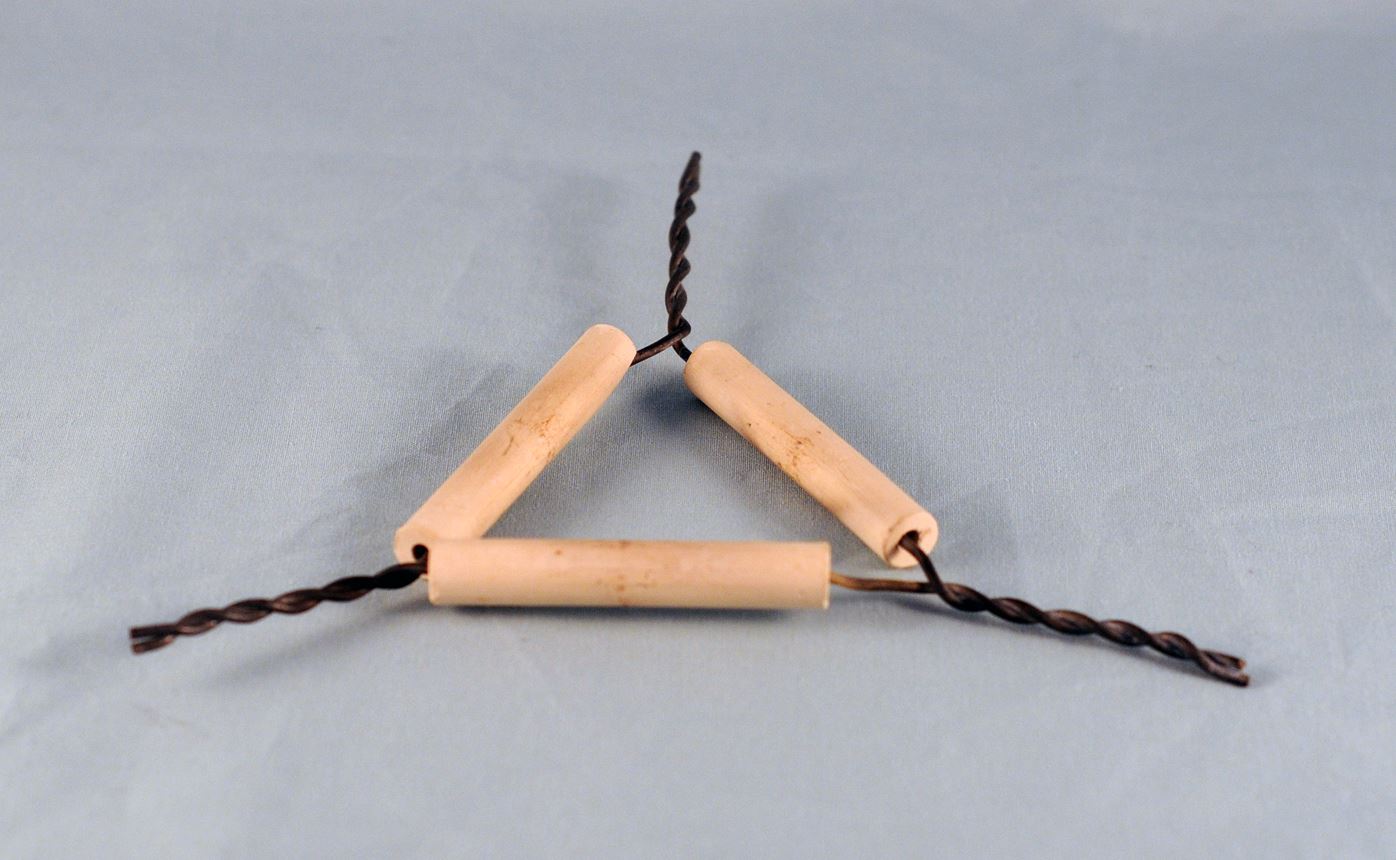
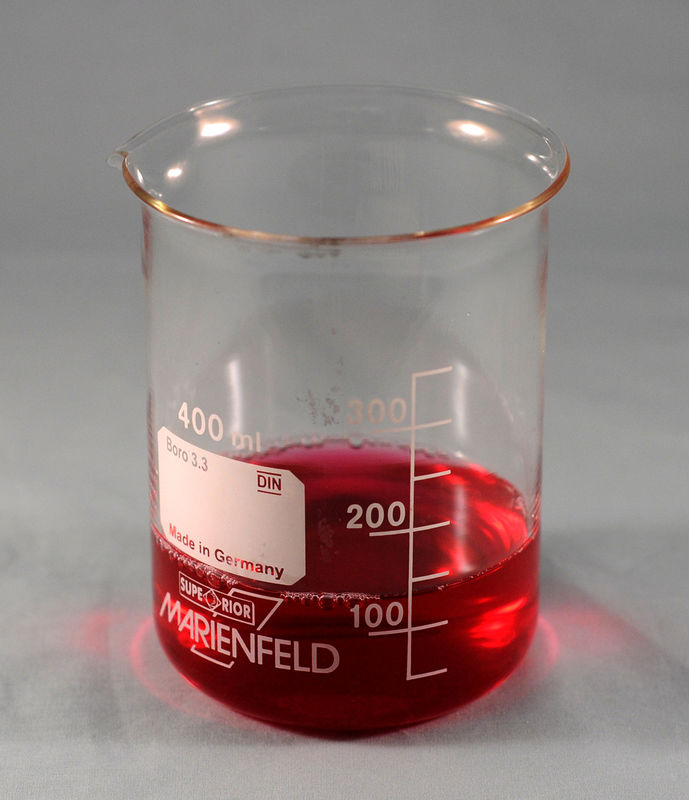
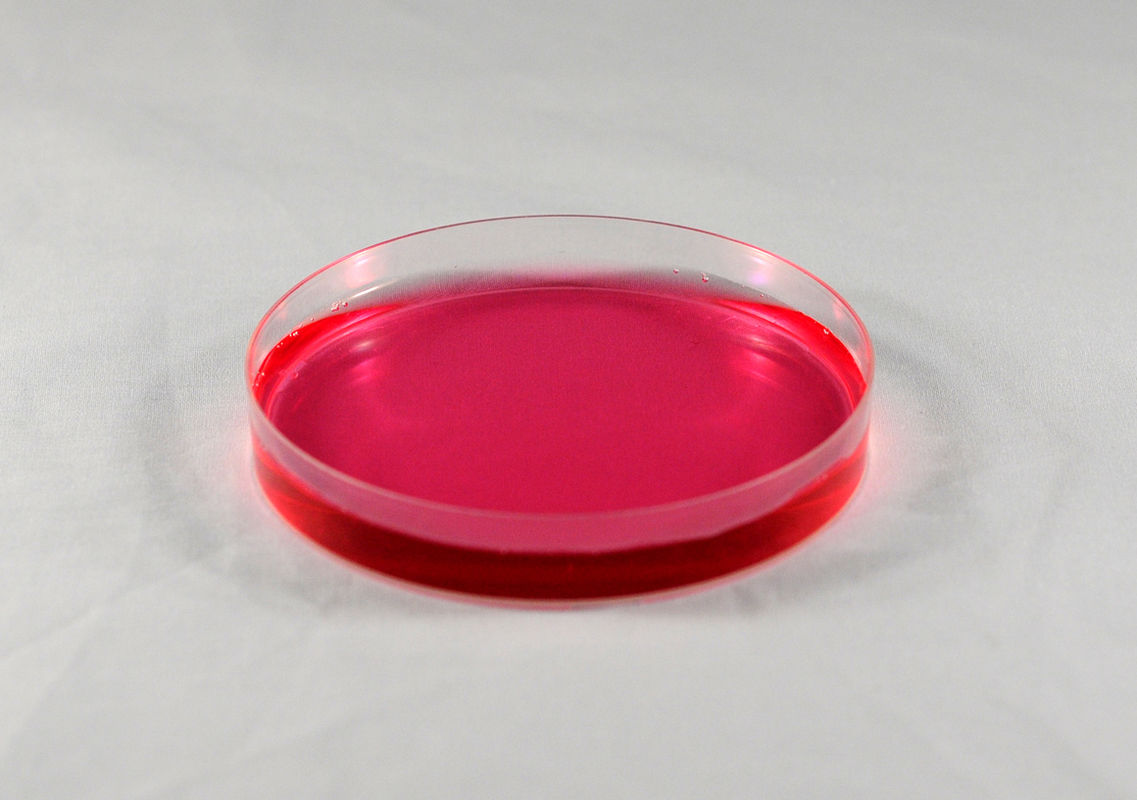
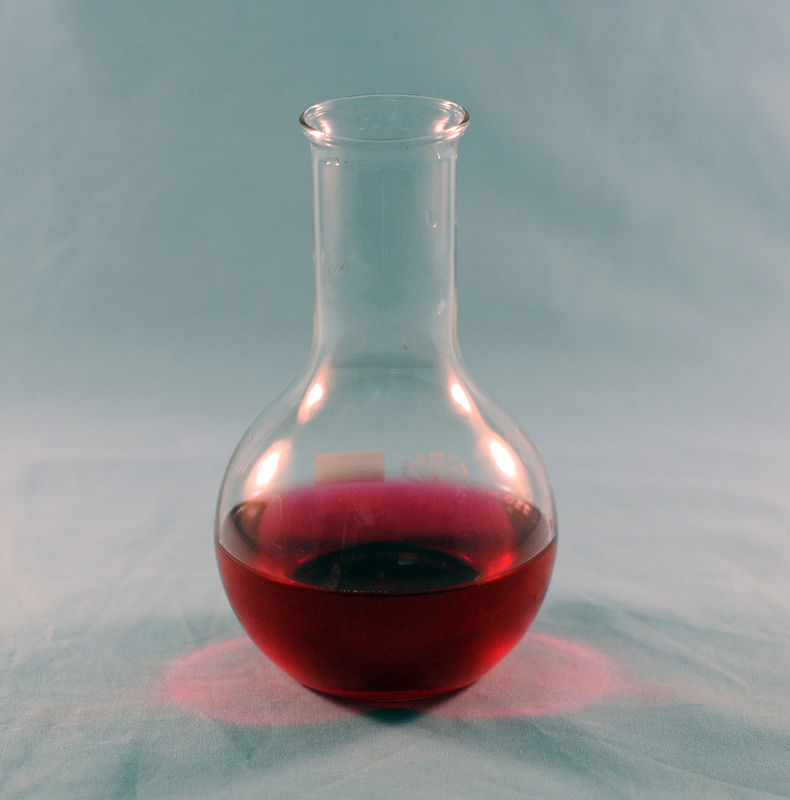
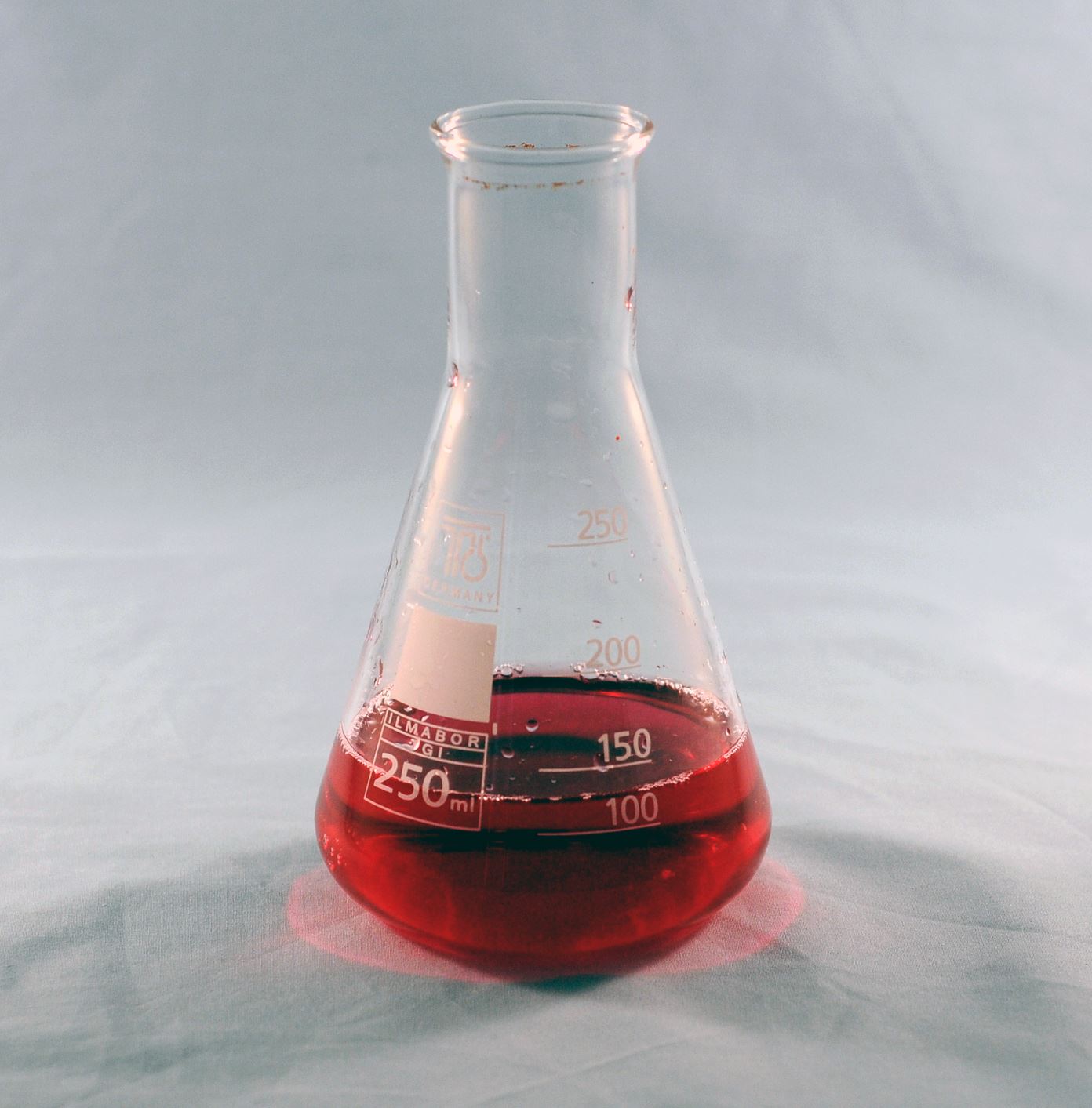
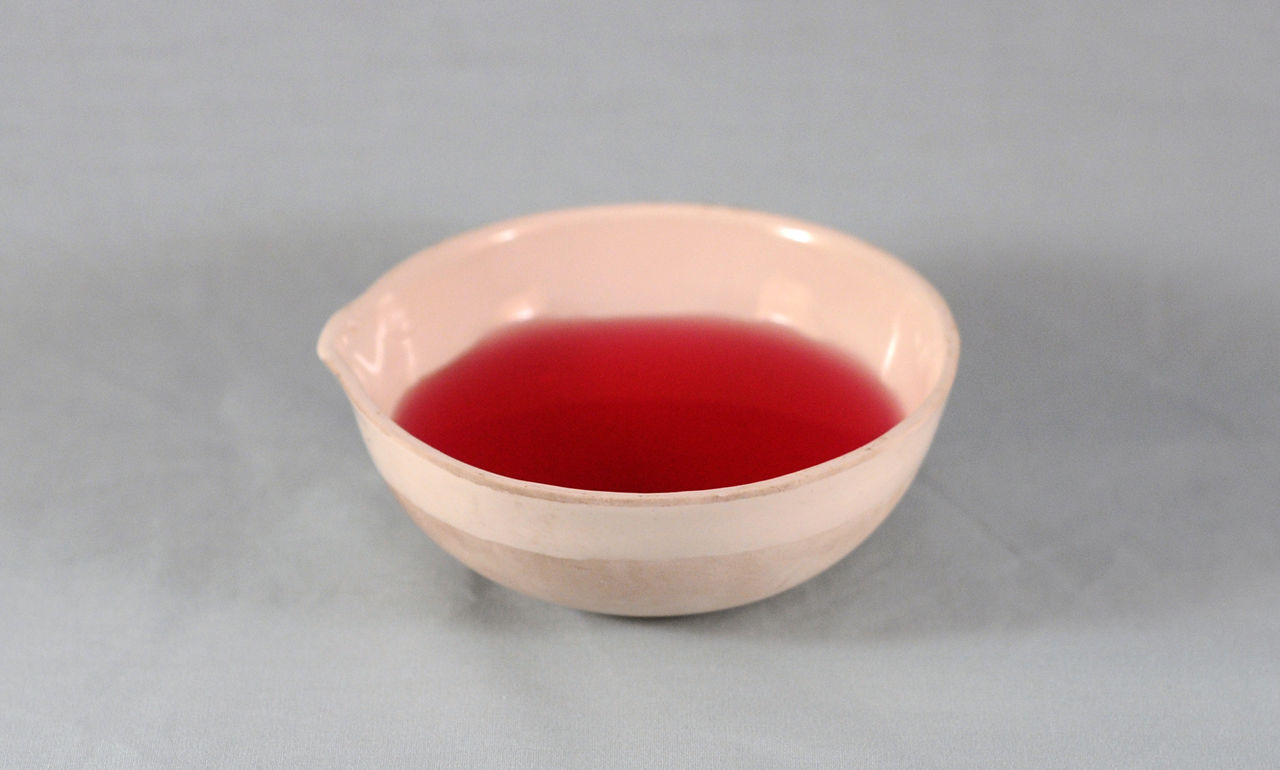
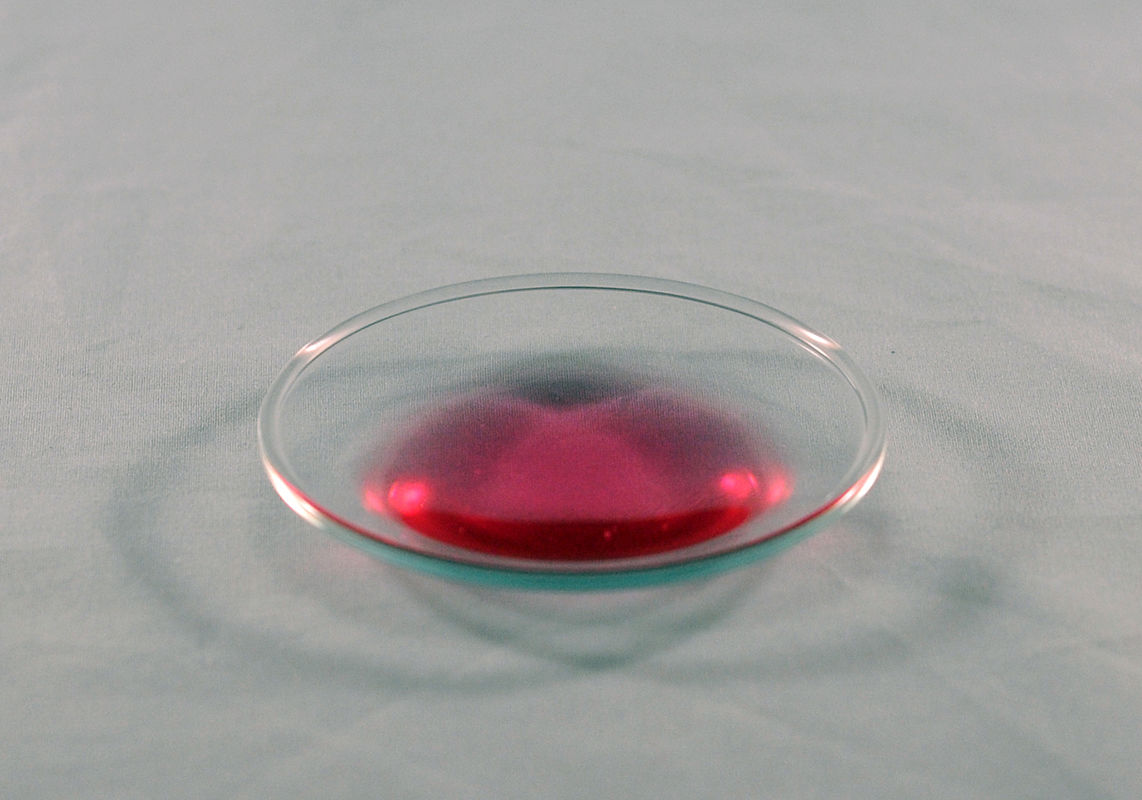
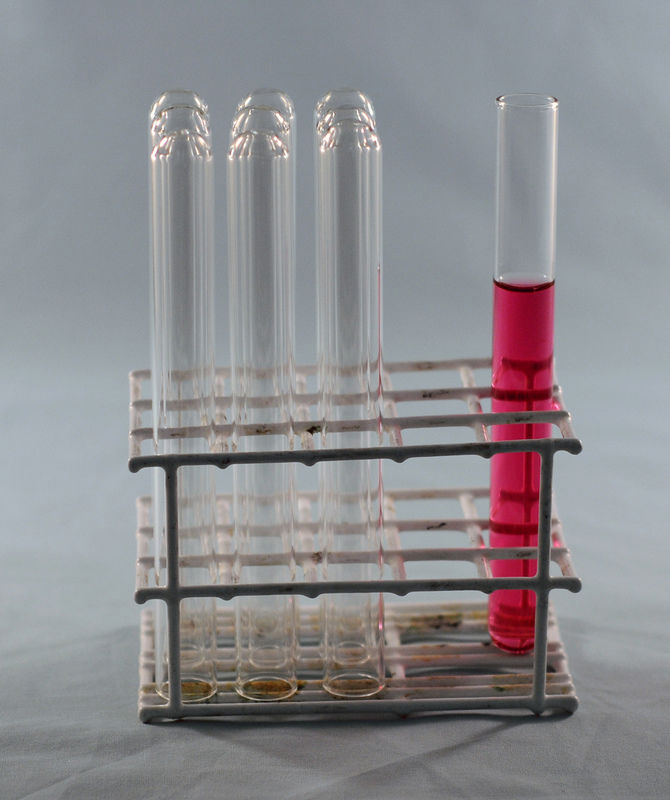
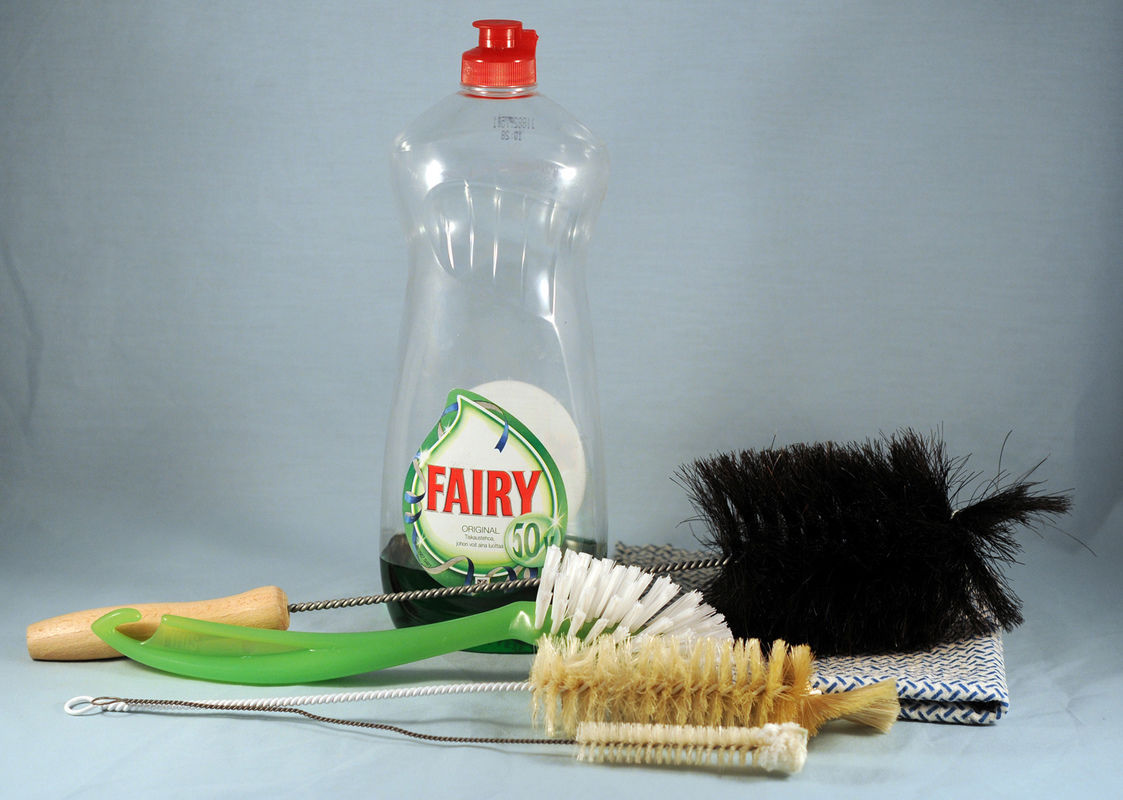

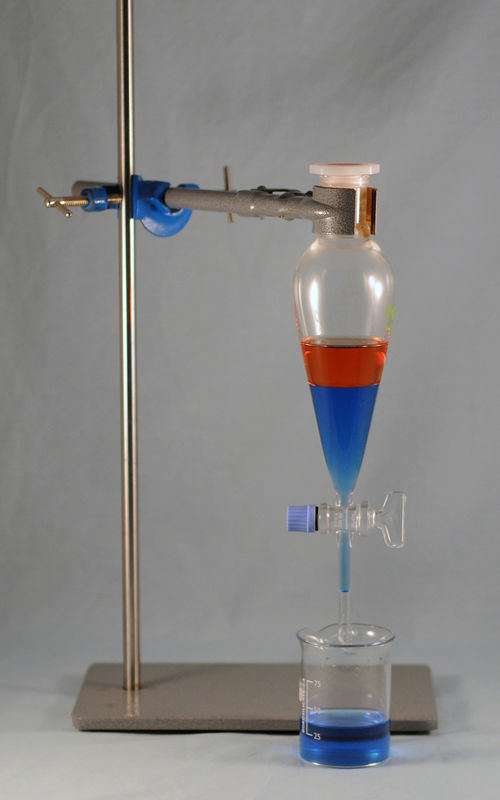
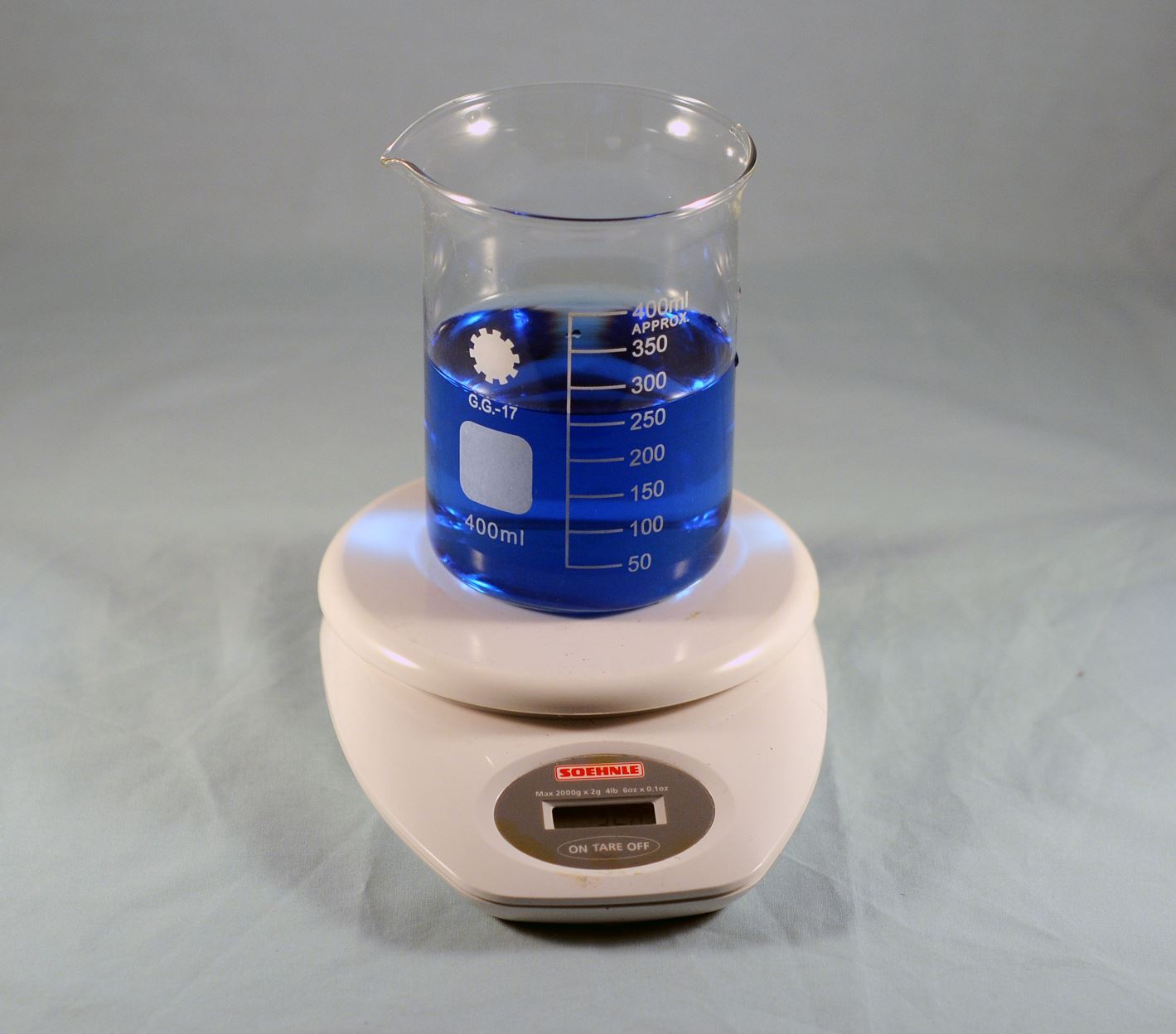
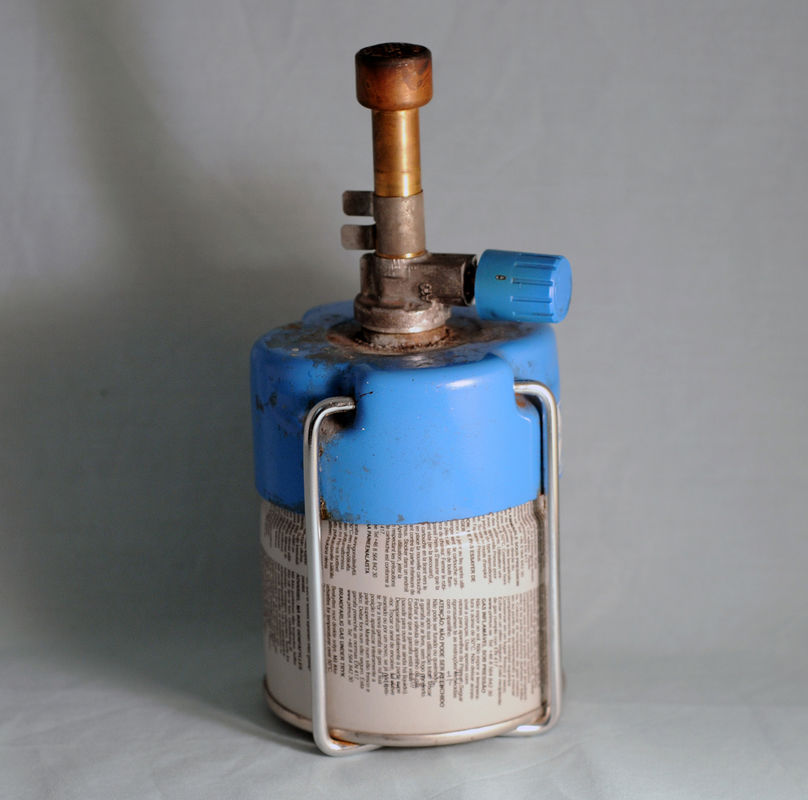

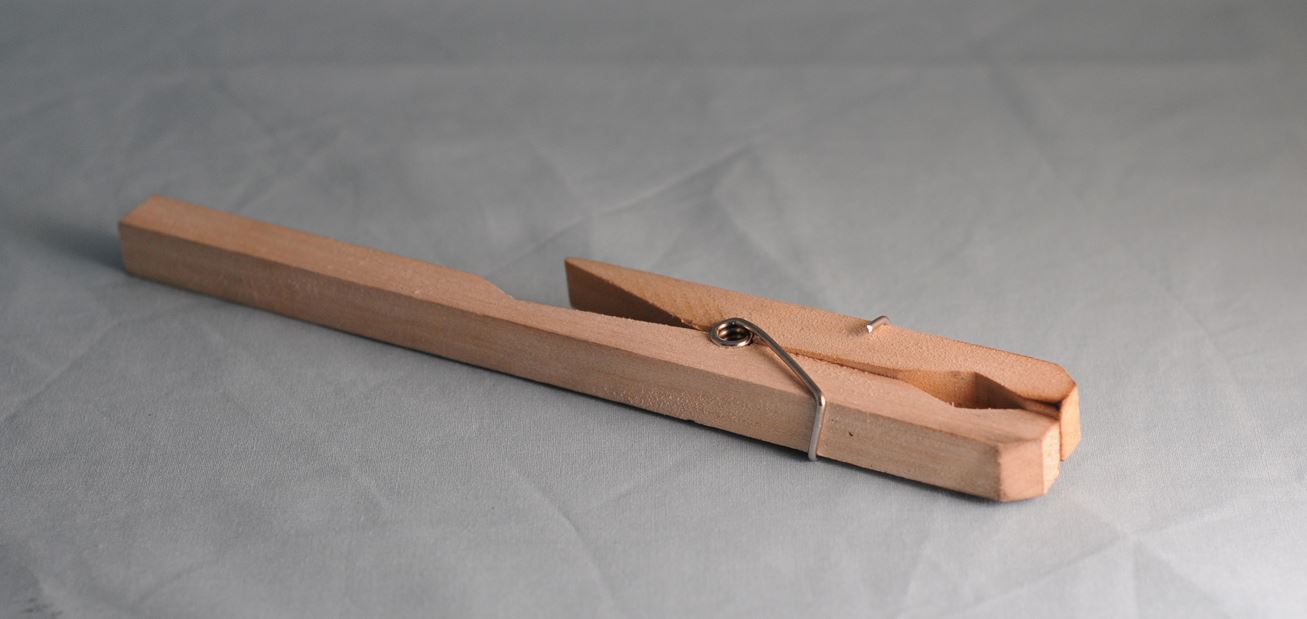
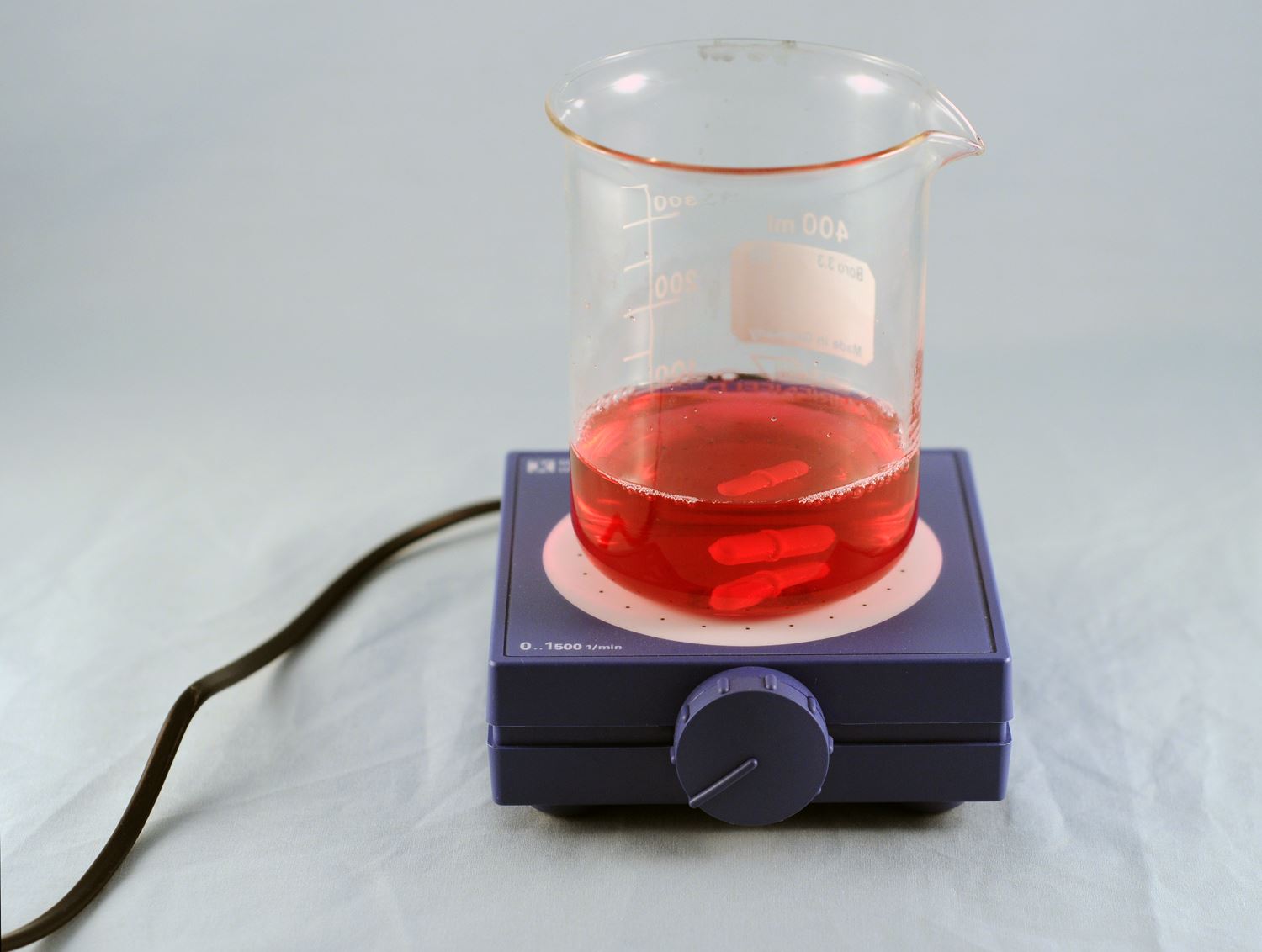
Chemical warning signs
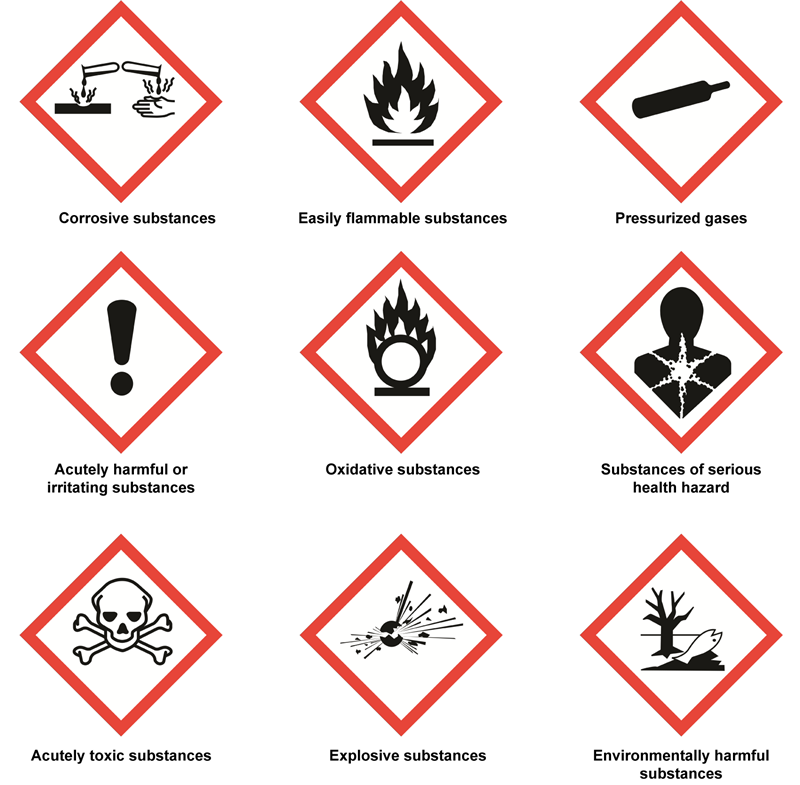
In addition to the warning labels mentioned here, chemical packaging must always include hazard statements (category H) and safety statements (category P). Comprehensive information about the hazard and safety statements for each chemical can be found in the chemical's safety data sheet.
LD and ADI values
LD50 and LC50 values
In safety data sheets, the toxicity of a substance is described with an LD50 (lethal dose) value. The LD50 value describes the number of milligrams of the substance that are required per kilogram of body weight to cause death in 50 % of test animals within a given time, usually in 24 hours. The LD50 value is set in proportion with the body weight of the test animal. The lower the LD50 value, the more toxic the substance. For table salt, the lethal dose is about 4 grams per kilogram of body weight. This means that for an adult human that weighs 75 kg, a lethal dose of table salt would be 300 grams. In contrast, 75 milligrams of nicotine would be a lethal dose for a person of the same weight. The LD50 value is usually measured for oral exposure, but it can also be determined for dermal exposure. For gaseous substances, the LC50 (lethal concentration) value is used.
LD50 toxicity scale
Toxicity | Ingested (in rats) | Through the skin (in rats or rabbits) |
Very toxic | 25 mg/kg | 50 mg/kg |
Toxic | 25 - 200 mg/kg | 50 - 400 mg/kg |
Harmful | 200 - 2 000 mg/kg | 400 - 2 000 mg/kg |
Examples of LD50 values
Substance | Animal, method of administration | LD50 |
Water | rat, oral | 90 000 mg/kg |
Cane sugar | rat, oral | 29 700 mg/kg |
Vitamin C, ascorbic acid | rat, oral | 11 900 mg/kg |
Table salt, sodium chloride | rat, oral | 3 000 mg/kg |
Caffeine | rat, oral | 192 mg/kg |
Dioxin | rat, oral | 0.020 mg/kg |
VX (nerve gas) | human, oral | 0.0023 mg/kg (estimated) |
Polonium-210 | human, oral | 0.00001 mg/kg (estimated) |
Botulinum toxin, Botox | human, oral or injected | 0.000001 mg/kg (estimated) |
ADI values
The safety of food additives is described with ADI (Accepted Daily Intake) values. The ADI value determines what amount of a certain substance a person can be exposed to each day throughout their life without suffering from adverse health effects. ADI values apply to adults and children.
ADI values are monitored by the World Health Organisation (WHO) and other regulators. The European Union, for example, has a committee that sets ADI values. ADI values are usually set with a safety factor of 100, which means that the ADI value is determined by the highest harmful dose observed with test animals divided by 100. Some additives are so safe that no ADI has been set for them at all. However, hypersensitive people can suffer from adverse symptoms even at doses lower than the ADI. Most Finns consume below 30 % of the ADI value of all additives. In the case of some additives, Finns consume only a few percent of the ADI value.
